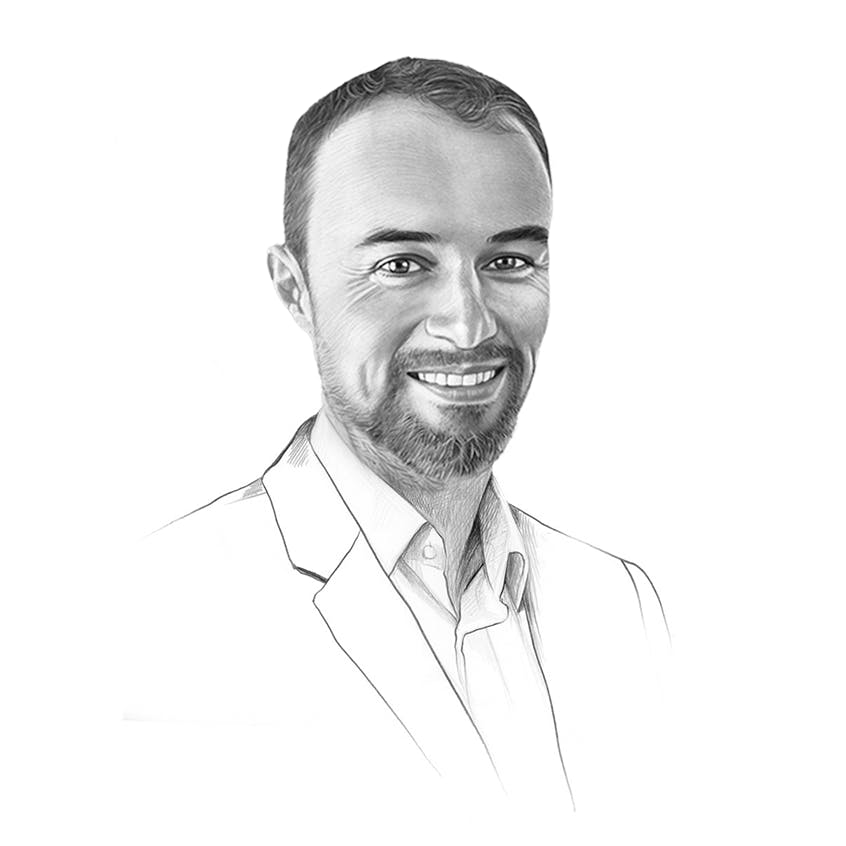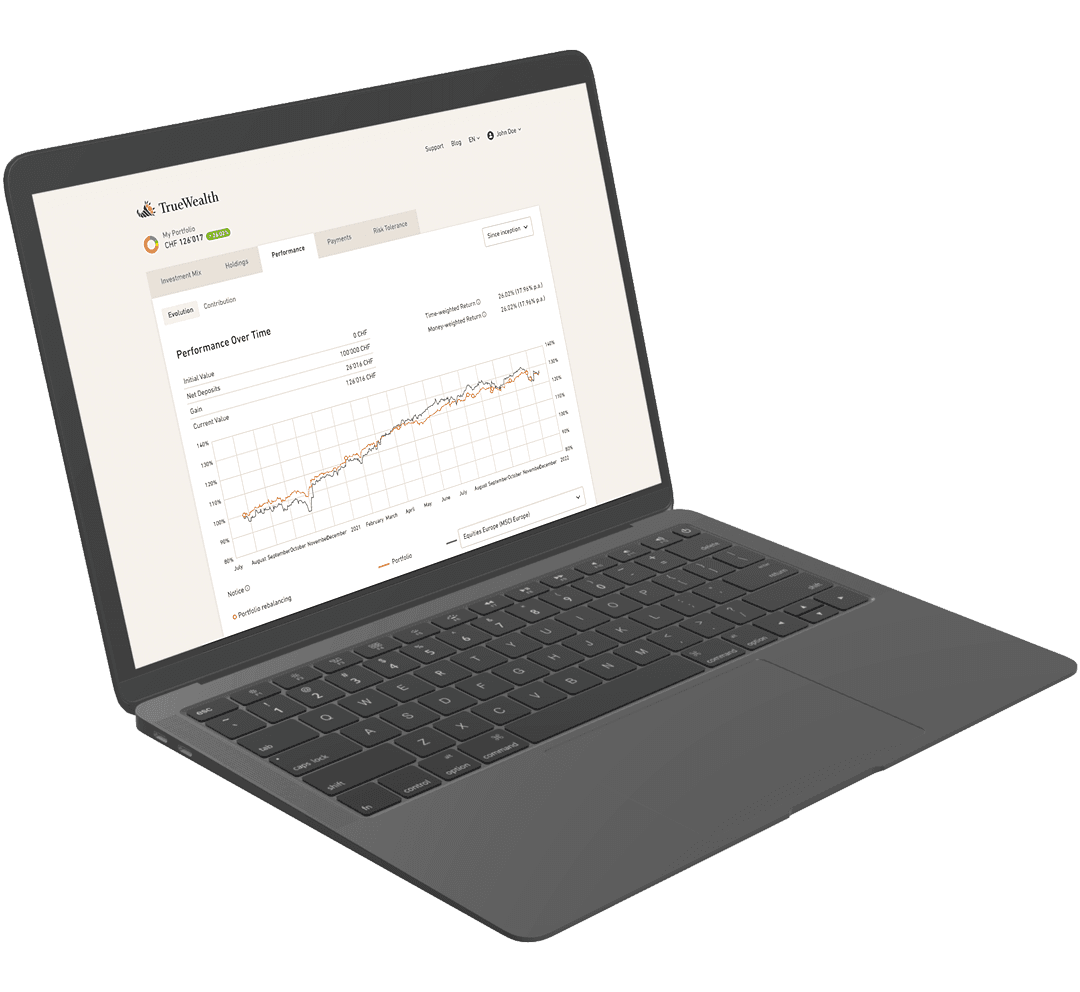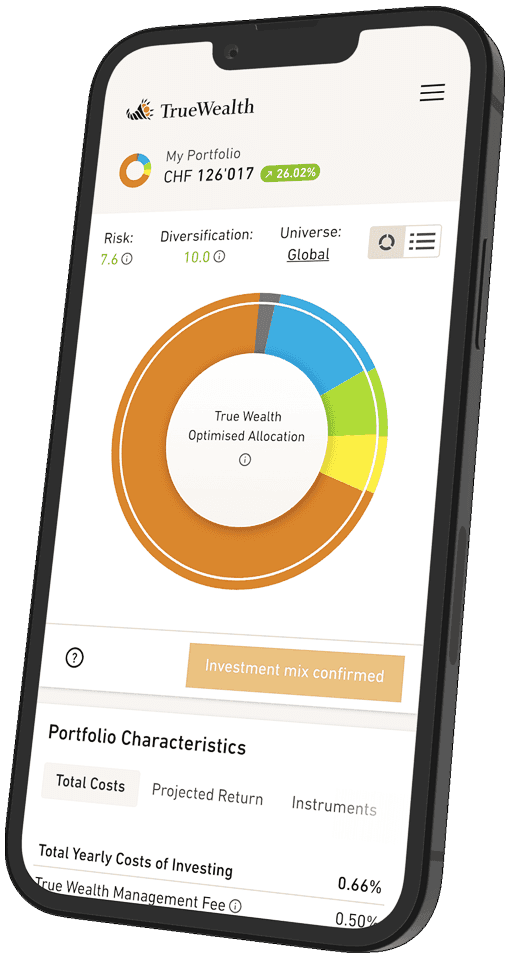#45 The 3-pillar system simply explained
Pension provision in Switzerland is based on a three-pillar system that was approved by the population in a referendum in 1972. The aim of this model is to secure financial security in old age and maintain the standard of living as well as possible. The system also provides protection in the event of disability or the death of a relative. The three pillars – state, occupational, and private provision – complement each other.
First pillar: State pension provision (OASI)
The first pillar is the old-age and survivors' insurance scheme, known as OASI for short (in German: AHV). It has been in existence since 1948 and forms the foundation of the Swiss pension system. It is financed on a pay-as-you-go basis: today's working population pays contributions that are paid directly to today's pensioners. Self-employed and non-working people – such as students or wealthy individuals with no earned income – are also required to pay contributions.
Half of the financing is provided by employers and half by employees. In addition, there is a contribution from the federal government, which is funded in part by tobacco and alcohol taxes. The OASI is intended to cover basic needs in old age or in the event of disability. Those who earn more pay higher contributions, but never receive more than the maximum pension defined by law, which is currently around 2'500 francs per month.
As a solidarity-based system, the OASI depends on a balance between contributors and beneficiaries. Demographic developments – an aging population coupled with a low birth rate – are putting this balance under increasing pressure. Political reforms to stabilize the OASI are regularly the subject of public debate, but are often difficult to implement.
Second pillar: occupational pension provision (pension fund)
The second pillar supplements the OASI and, together with it, is intended to cover around 60 percent of the last income before retirement. It comprises occupational pension provision through pension funds and is mandatory for all employees who earn more than 22'680 francs per year (as of 2025). Self-employed persons can voluntarily join a pension fund or pay higher amounts into Pillar 3a.
The contributions are paid half by the employer and half by the employee. In addition, there is investment income earned on the retirement capital saved. This income is considered a third contributor. The capital belongs to the insured person and is transferred to the new pension fund when they change jobs.
Upon retirement, insured persons have a choice: they can draw their accumulated assets as a monthly pension, as a lump sum, or as a combination of the two, provided that the pension funds allow partial withdrawal of capital. You can use our calculator to calculate and compare different scenarios.
Third pillar: private pension provision
The third pillar is voluntary and can be customized. It is particularly important for people who want additional financial security in retirement and want to take advantage of specific tax benefits. The tied pension provision offered by Pillar 3a is particularly relevant here.
Contributions to Pillar 3a are deductible from taxable income. For employees with a pension fund and unemployed persons registered with the RAV, the maximum amount in 2025 is 7'258 francs. Self-employed persons who are not affiliated with a pension fund may contribute up to 20 percent of their net income, but no more than 36'288 francs.
The assets invested in Pillar 3a are generally tied up until five years before the normal retirement age. In certain cases, early withdrawal is possible, for example to purchase residential property, to take up self-employment or in the event of permanent emigration. When withdrawn, the credit balance is taxed at a reduced rate, which makes Pillar 3a even more attractive. You can read more about this in our blog «Everything you need to know about Pillar 3a withdrawals».
In addition to Pillar 3a, you also have the option of voluntary pension provision. This is not tied to any specific scheme and also allows you to build up assets specifically for your retirement, for example by investing in securities. The disadvantage is that there are no tax advantages as with Pillar 3a.
Three pillars for a stable pension
By combining all three pillars, you can create a solid foundation for your retirement. The OASI covers your basic needs, the pension fund provides additional income replacement, and private pension plans offer you individual freedom and tax advantages.
At True Wealth, you can invest both your free assets and your Pillar 3a professionally and cost-effectively – in a transparent, diversified manner with a clear focus on long-term wealth accumulation. Your Pillar 3a assets are automatically distributed across five accounts, allowing for staggered withdrawals in the future – offering tax advantages.
How do you see the future of the three-pillar system in Switzerland? Feel free to send me your thoughts or questions by email.
About the author

Founder and CEO of True Wealth. After graduating from the Swiss Federal Institute of Technology (ETH) as a physicist, Felix first spent several years in Swiss industry and then four years with a major reinsurance company in portfolio management and risk modeling.

Ready to invest?
Open accountNot sure how to start? Open a test account and upgrade to a full account later.
Open test account